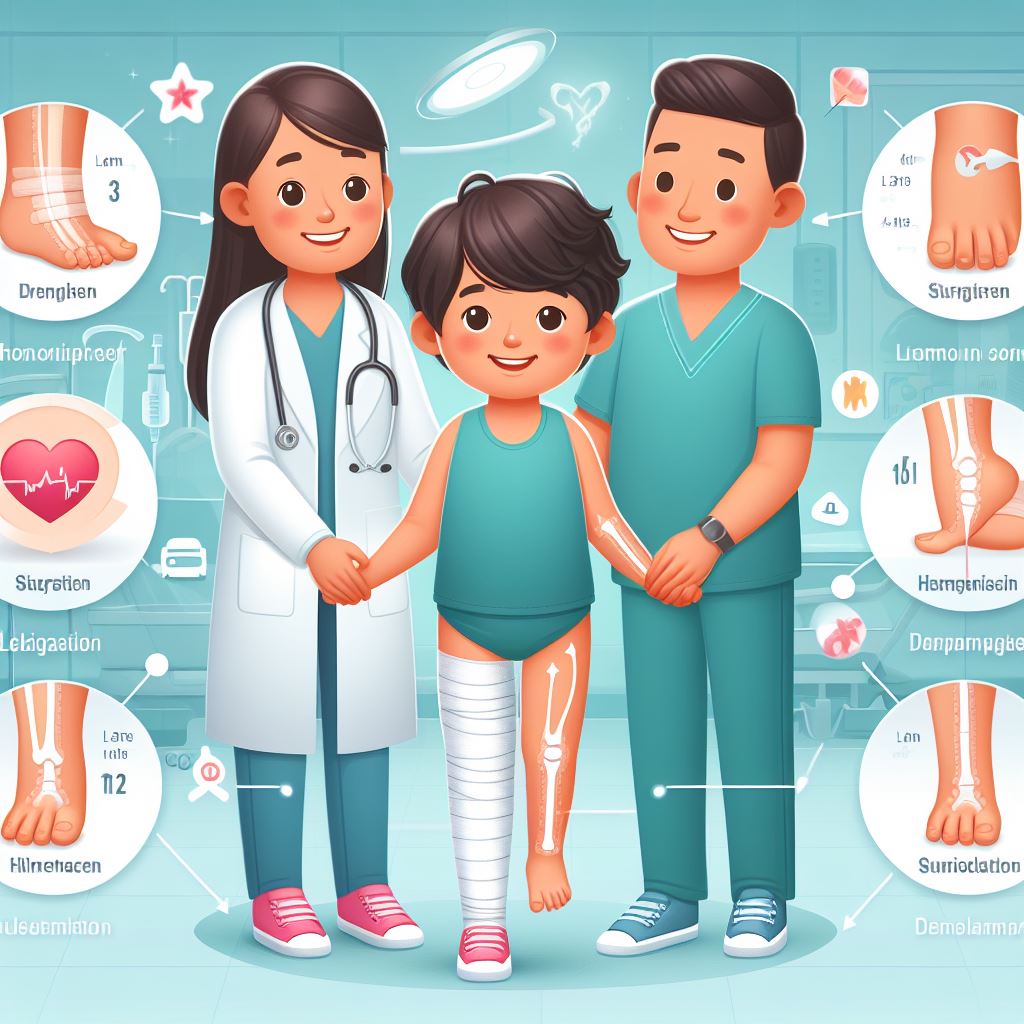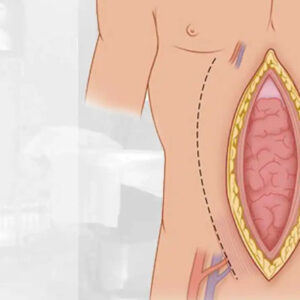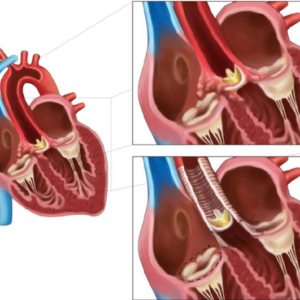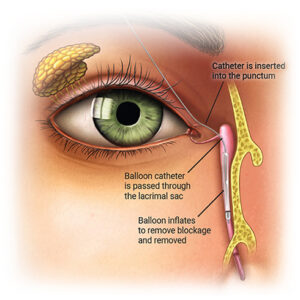Description
Familiarity with treatment
Pediatric limb lengthening is a surgical procedure designed to address limb length inequality or short stature in children. The procedure involves gradually increasing the length of a bone using an external or internal fixation device, allowing new bone to form in the gap created and thus lengthening the limb.
Procedure
The procedure typically involves making a controlled break in the bone, followed by the application of an external fixator or internal lengthening nail. The fixator is adjusted regularly to gradually pull the bone segments apart, stimulating new bone growth in the gap. This process, known as distraction osteogenesis, allows for controlled and gradual limb lengthening.
Who is it suitable for?
Pediatric limb lengthening is suitable for children who have:
- Significant limb length discrepancy, either congenital or acquired, that affects their gait, function, or psychological well-being
- Growth plate injuries or abnormalities that have resulted in unequal limb lengths
- Skeletally immature bones, allowing for the potential to utilize the body’s natural growth processes in the lengthening procedure
Who is it not suitable for?
Pediatric limb lengthening may not be suitable for children who:
- Have reached skeletal maturity, as the potential for natural bone growth is limited
- Have medical conditions that pose a high risk for surgery and recovery
- Have unrealistic expectations regarding the outcomes and demands of the lengthening process
Advantages
- Correction of limb length inequality, which can improve gait, function, and overall symmetry
- Potential improvement in self-esteem and psychological well-being, particularly in cases where the limb length discrepancy is a source of distress
- Restoration of more normal limb proportions
Complications
Complications associated with pediatric limb lengthening can include:
- Infection at the site of the external fixator or internal lengthening device
- Slow or non-union of the lengthened bone segments
- Nerve or blood vessel injury
- Joint stiffness or contractures
Preoperative care
Preoperative care for pediatric limb lengthening involves comprehensive evaluation, including imaging studies to assess the limb length discrepancy and the condition of the bones and growth plates. It also involves optimizing the child’s overall health and addressing any specific medical conditions to prepare for surgery.
Postoperative care
After pediatric limb lengthening, close monitoring is required to manage the lengthening process, including regular adjustments of the external fixator or internal lengthening device. Physical therapy and exercises are crucial to aid in the child’s recovery and to promote limb mobility and strength. Long-term follow-up care is essential to monitor bone healing, assess limb function and symmetry, and address any potential complications or issues related to the lengthening procedure.






Reviews
There are no reviews yet.